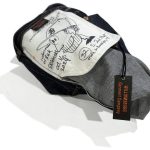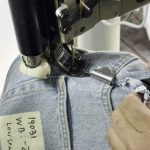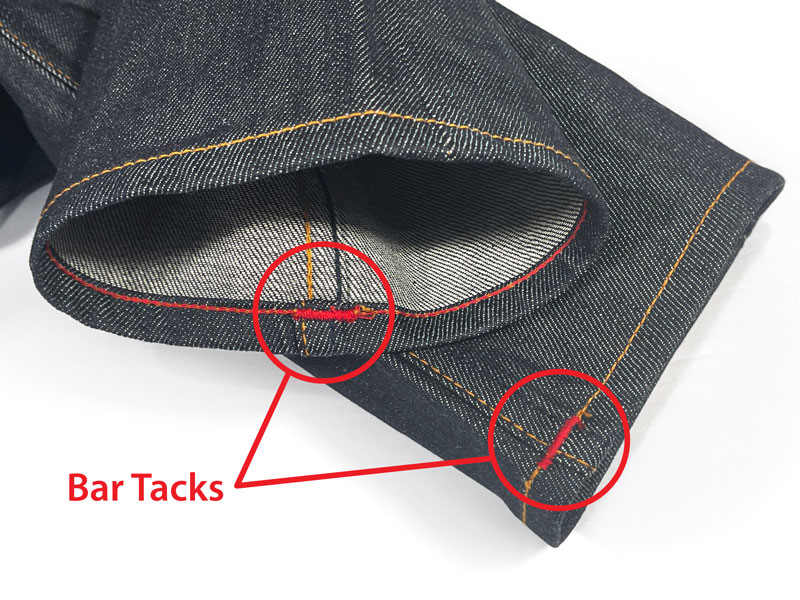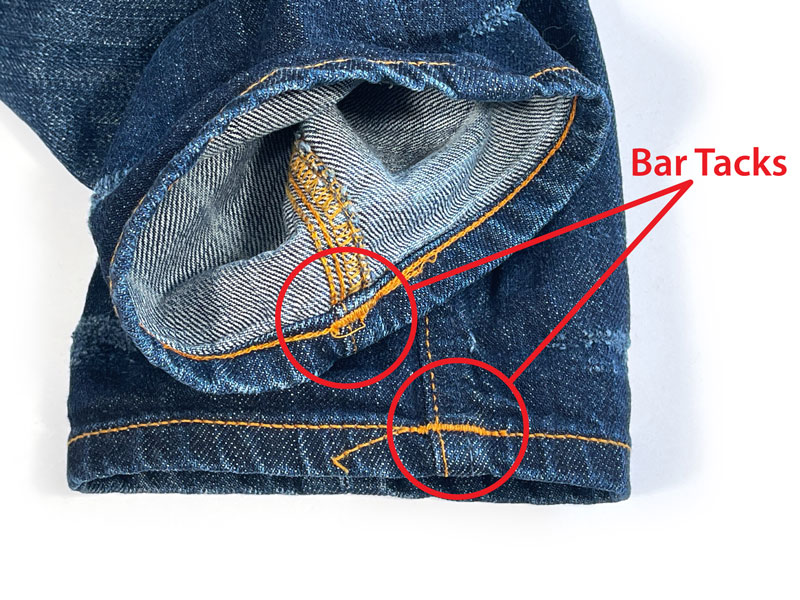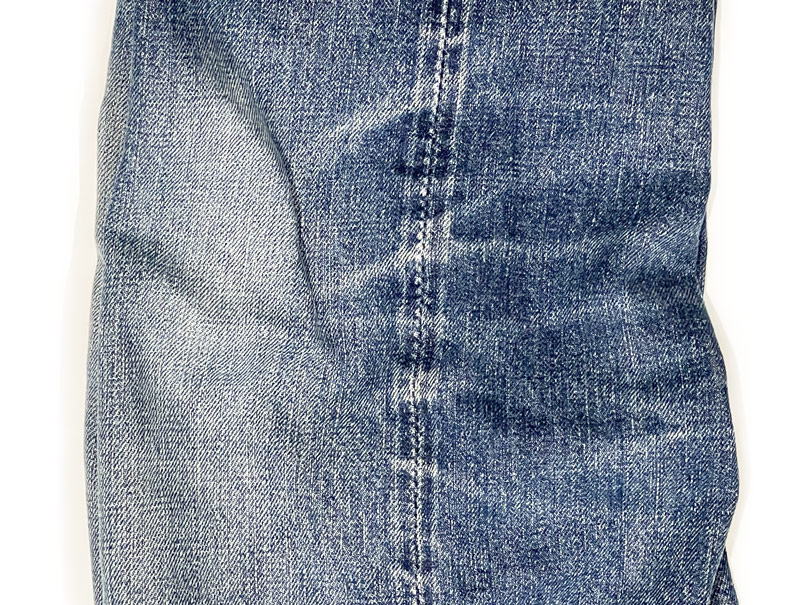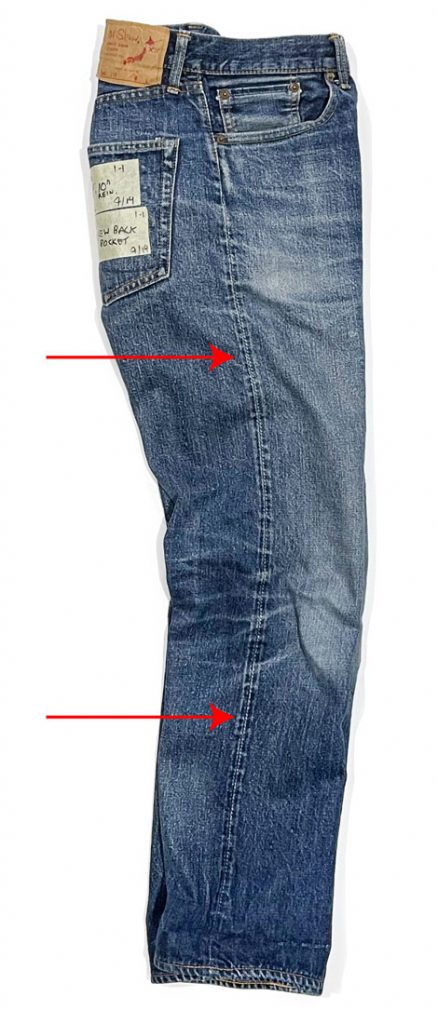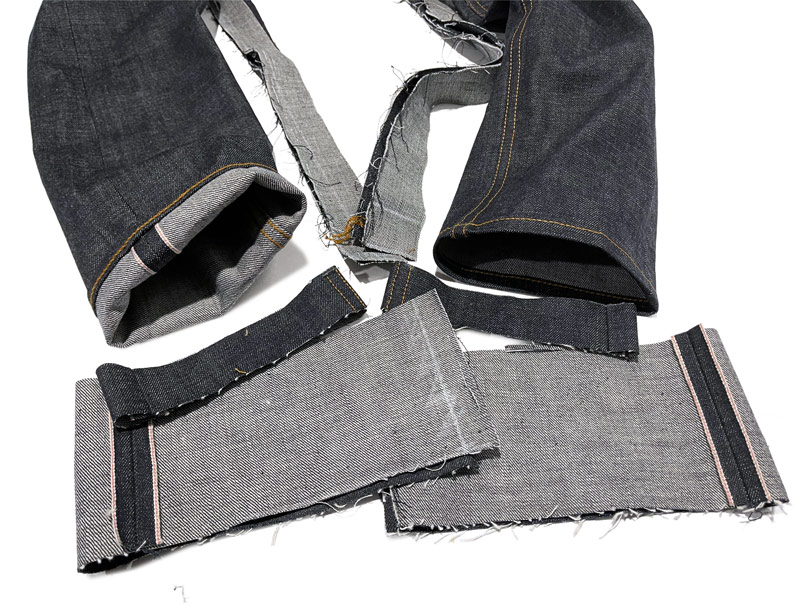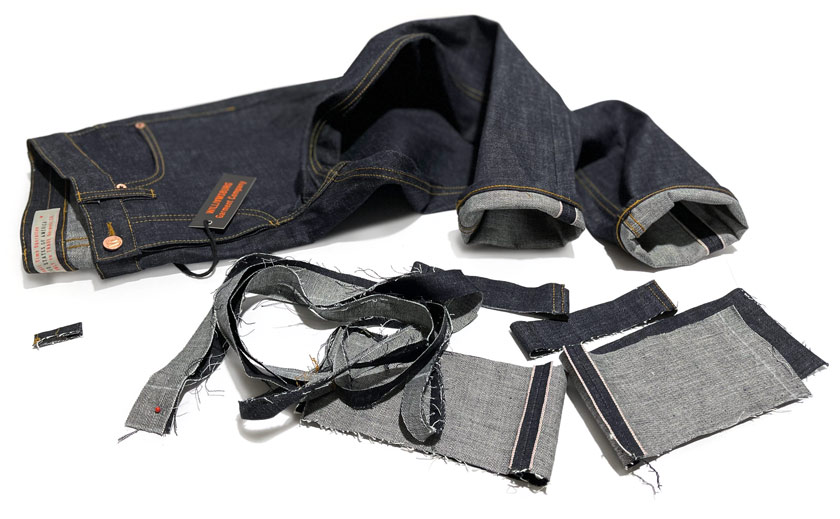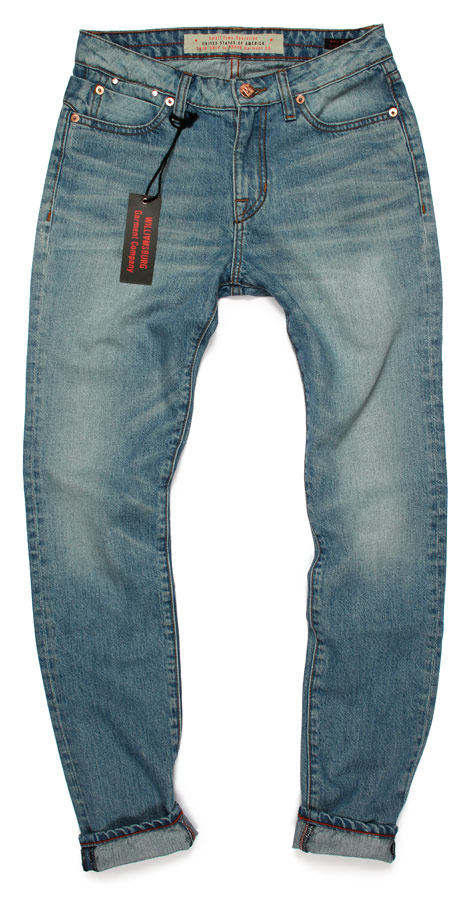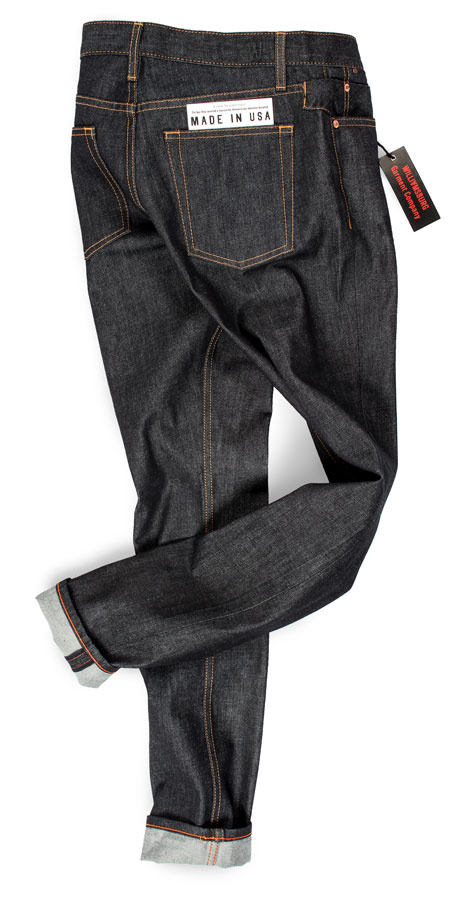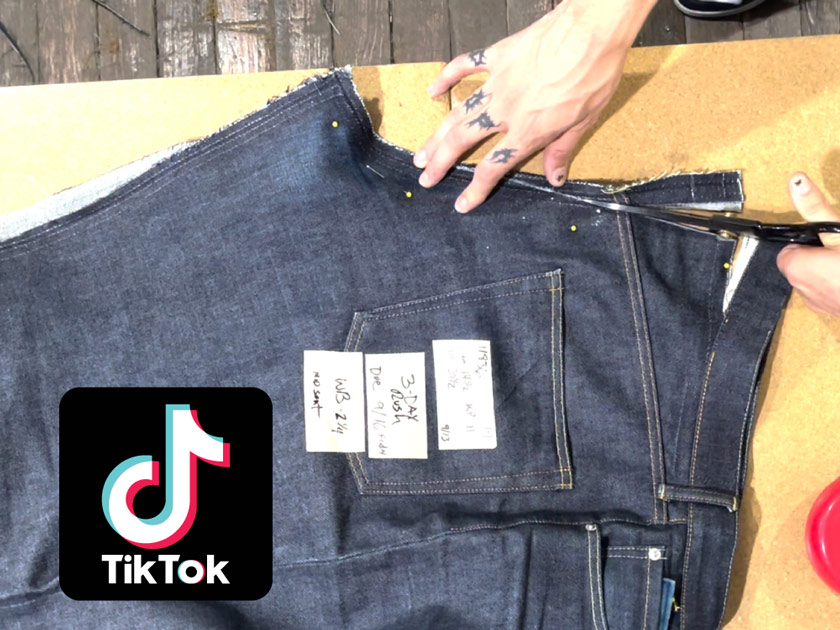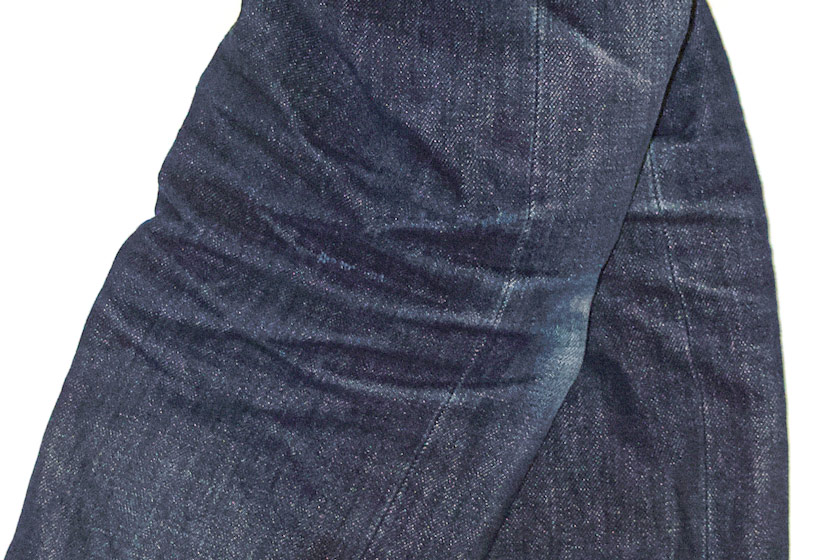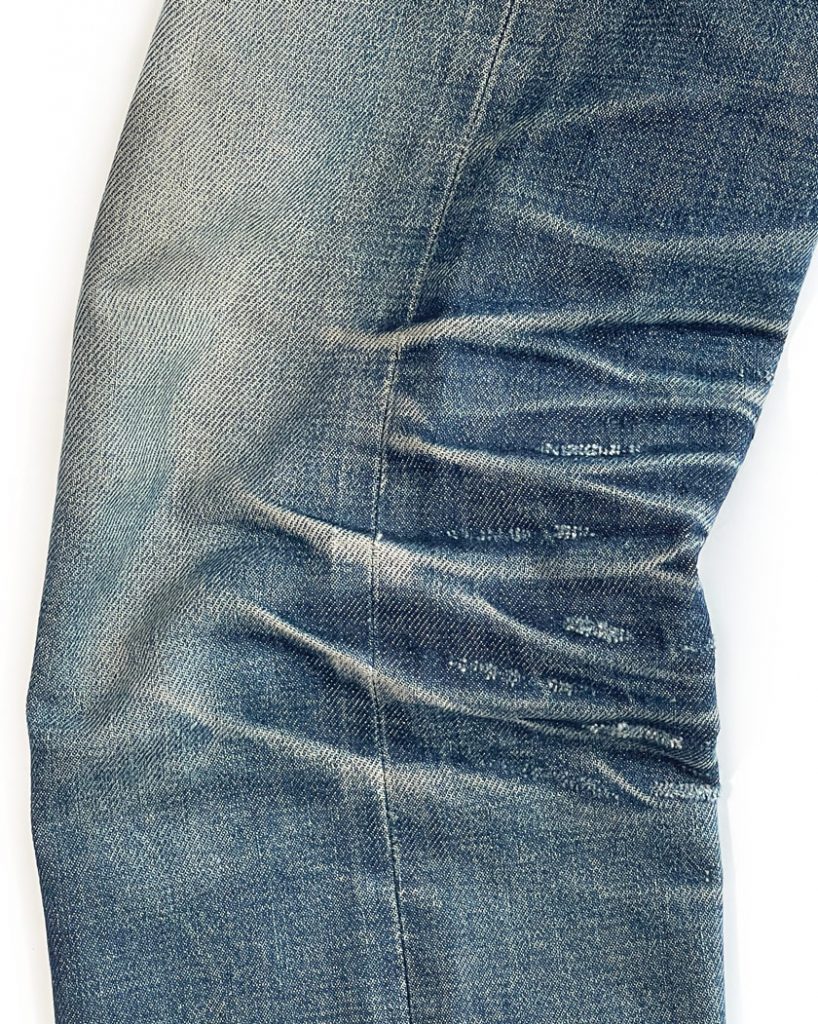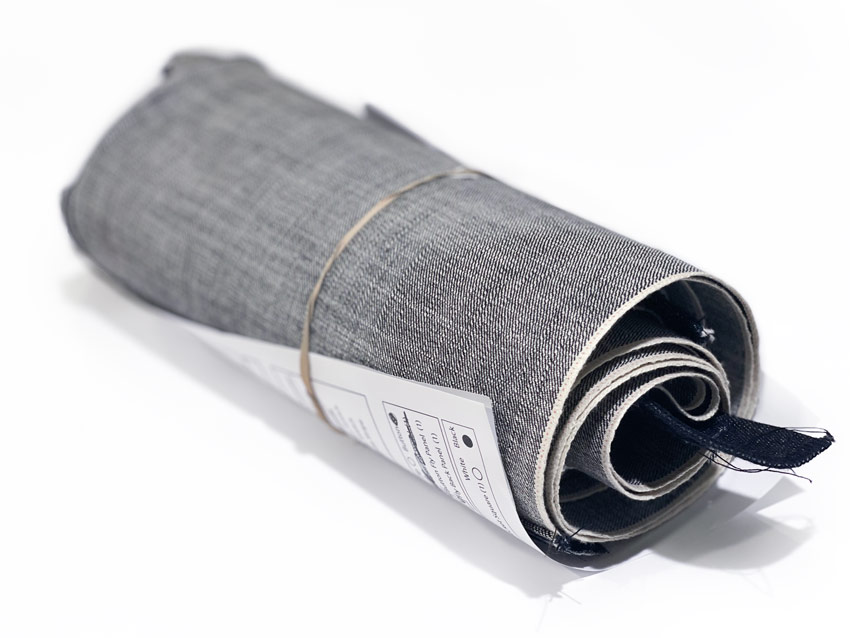
Within the realm of textile terminology, ‘selvage’ and ‘selvedge’ often cause some confusion due to their apparent similarity. These terms, which primarily differ by their usage in American and British English respectively, both refer to the “self-edge” of fabric, a tightly woven edge that prevents fraying. Although selvage and selvedge labels are frequently associated with higher-quality denim, it’s critical to understand that these terms alone do not guarantee superior quality. Rather, the true quality of the fabric depends on various factors, including the materials used, the production methods, and the attention to detail throughout the manufacturing process.
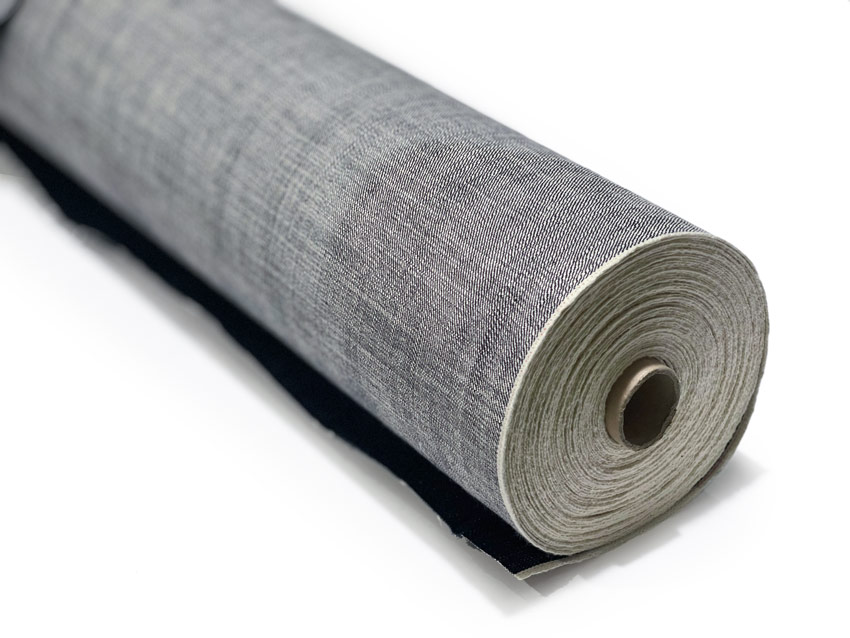
The origins of selvedge or selvage denim can be traced back to the use of traditional shuttle looms. These machines became less favored during the early-to-mid twentieth century with the advent of more efficient and faster machines. Shuttle looms, although slower and more cumbersome, bestowed upon the fabric a distinctive texture and character. However, as textile producers began to prioritize efficiency and affordability, non-selvedge textiles, produced by high-speed air jet weaving machines, gained popularity.
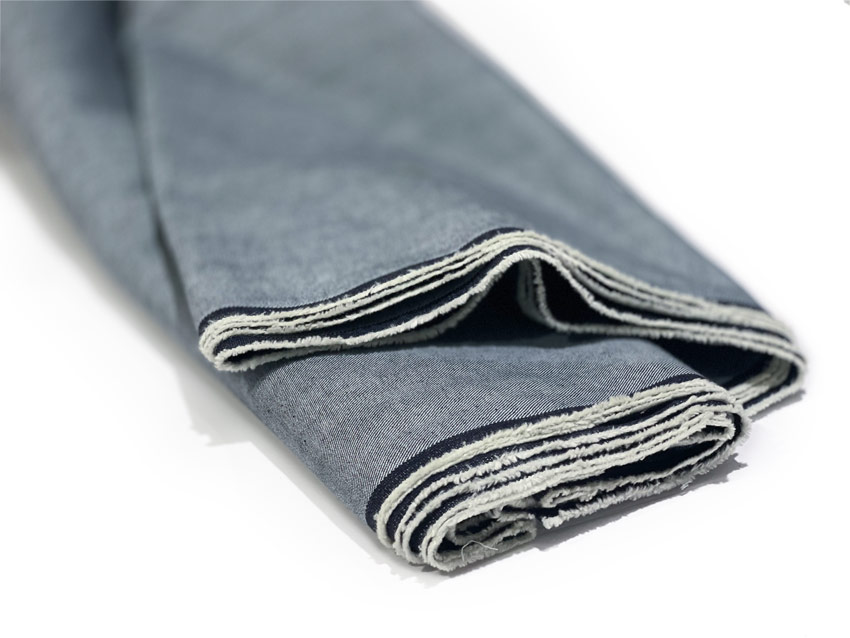
Modern high-speed weaving machines significantly outperform shuttle looms in terms of production speed and efficiency, enabling the mass manufacturing of fabrics at a lowered cost. However, the trade-off here is the loss of the characteristic “imperfections” and unique quality that traditional shuttle looms imparted to the fabric. This is one of the major reasons why selvedge denim, despite being slower and more expensive to produce, is still sought after by certain consumers and fashion connoisseurs.
Distinguishing Between Raw Denim and Selvedge Denim
Raw denim and selvedge denim are terms used in the denim industry to refer to different aspects and should not be conflated. Raw denim, or ‘dry denim’, refers to denim fabric that hasn’t been washed or treated after the dyeing process. As such, raw denim can come in a variety of shades, from dark indigo to lighter blue, depending on the dye used. On the other hand, selvedge (or selvage) denim pertains to the method of finishing the fabric’s edge to prevent fraying, often associated with higher-quality production. It’s possible for a pair of jeans to be both raw and selvedge, but they are not mutually exclusive terms. For a more detailed exploration of raw denim and selvedge denim, feel free to visit this link.
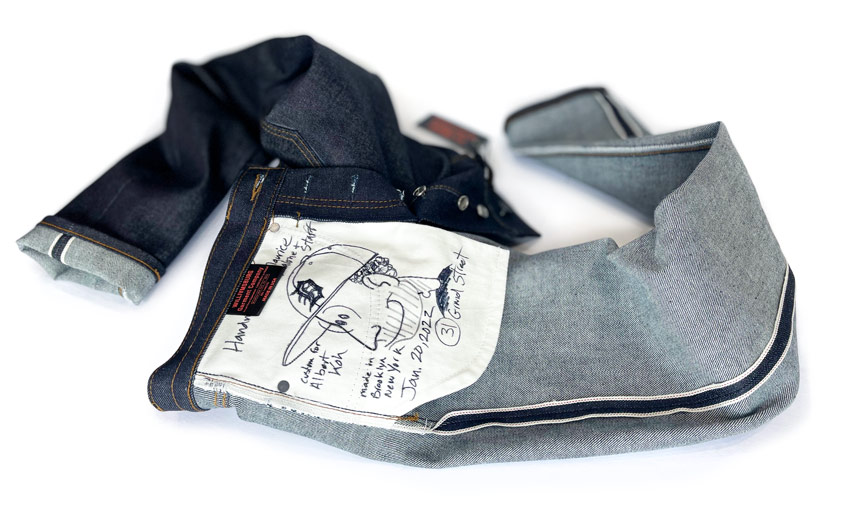
In recent years, a resurgence in the popularity of selvage or selvedge textiles has been witnessed as consumers have grown more discerning about the craftsmanship and quality of their clothing. The unique quality, texture, and durability of selvage denim, produced on shuttle looms, possess a distinctive charm and character that many consumers find desirable. In essence, it’s the “imperfections” of the traditional shuttle weaving process that sets selvage apart, adding value to it.
However, it’s vital to remember that the quality of selvedge denim can significantly vary. Some manufacturers leverage the meticulous weaving process of the shuttle loom, investing in high-quality cotton and dyes, resulting in a more robust and durable product. Conversely, lower-quality producers of selvedge textiles may merely imitate the look and utilize lower-quality materials, resulting in a less resilient product.
In conclusion, whether you encounter the term ‘selvage’ or ‘selvedge’, it refers to a particular type of denim defined by its distinctive woven edge finish. While these terms often imply higher quality due to their association with traditional production methods, the actual quality can differ vastly. Thus, as a consumer, it’s essential to understand the intricacies of selvage or selvedge denim, the specific brand, and its production methods to make an informed decision when purchasing such products.

